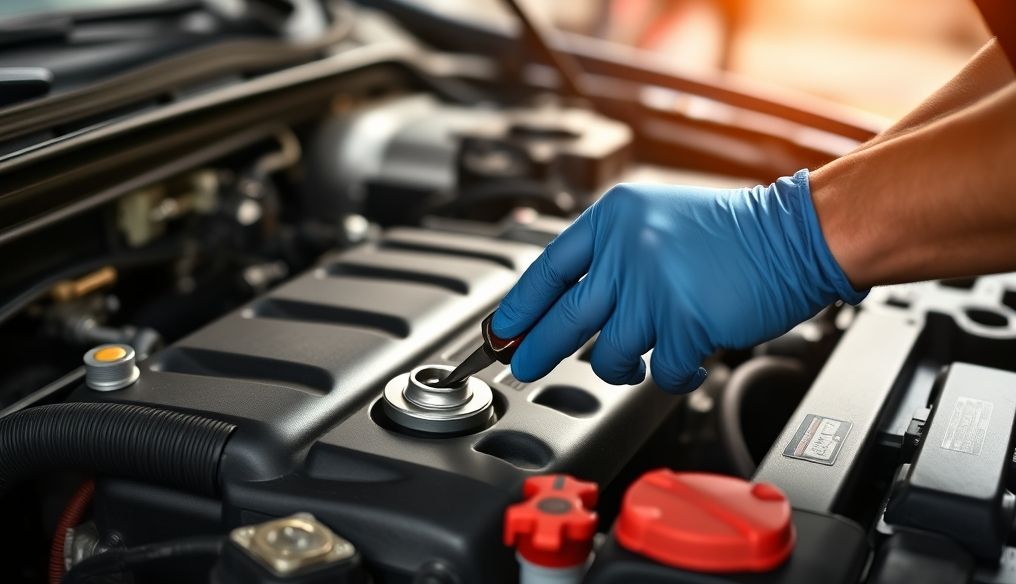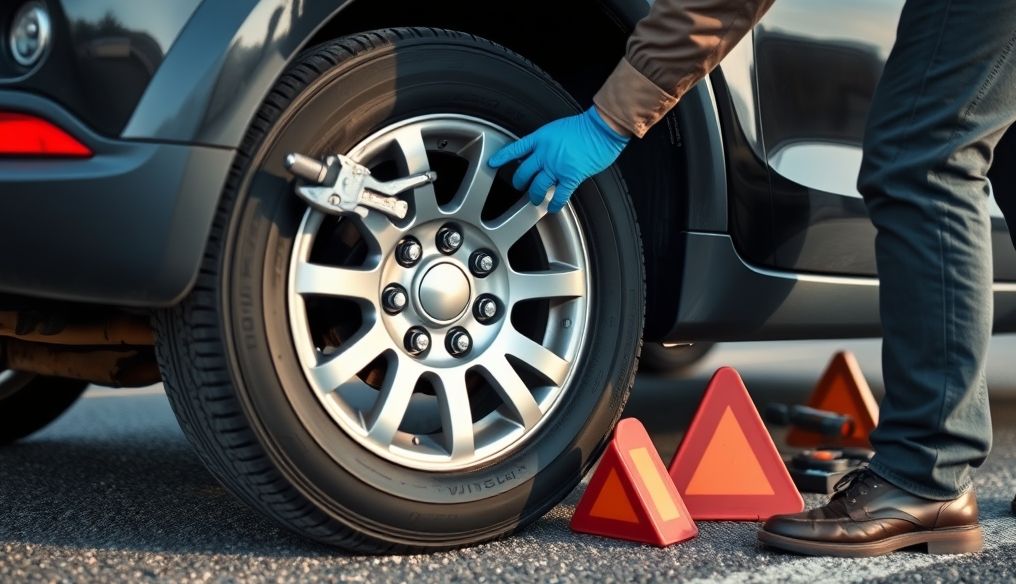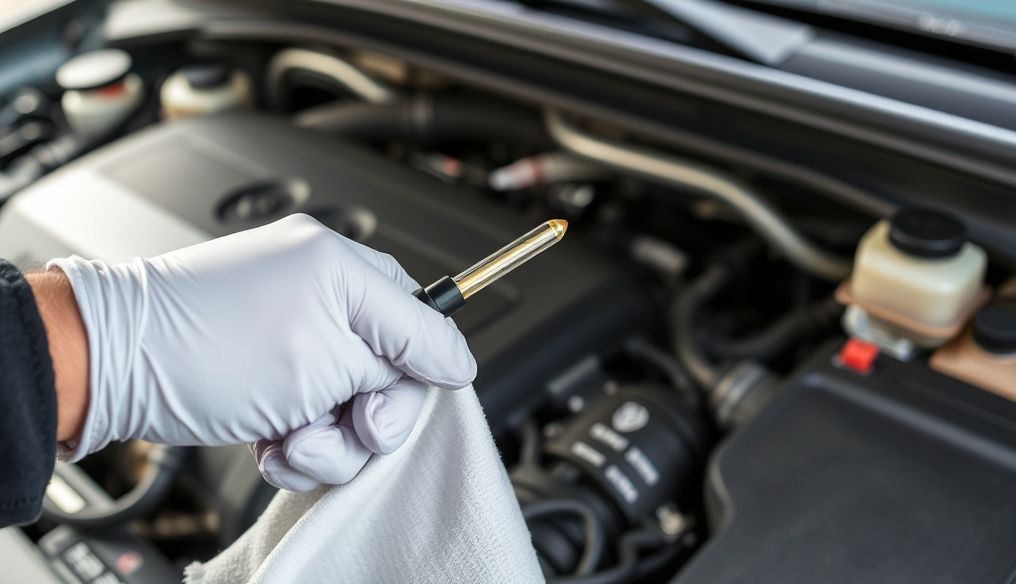Introduction: The Importance of Routine Car Maintenance
A car, like any complex machine, needs regular care and maintenance to ensure it operates efficiently and safely. Adhering to the maintenance schedule recommended by the manufacturer is not just a recommendation, but an investment in your safety and peace of mind in the long run. In this article, we will explore the reasons why routine maintenance is necessary, what benefits you get by adhering to it, and what risks you may face if you ignore it.
Chapter 1: What is a Car's Routine Maintenance Schedule?
A routine maintenance schedule is a list of checks and procedures that should be performed on the car at specific time intervals or after a certain distance has been traveled. This schedule usually includes oil changes, fluid checks, brake checks, tire checks, and checks of other vital systems in the car. The maintenance schedule varies from car to car, depending on the type of car, its model, and operating conditions.
Where to Find Your Car's Maintenance Schedule?
- Owner's Manual: It is the main source of the maintenance schedule recommended by the manufacturer.
- Manufacturer's Website: Manufacturers often provide maintenance schedules for their cars on their websites.
- Authorized Maintenance Workshops: Authorized maintenance workshops can provide you with the appropriate maintenance schedule for your car.
Chapter 2: Benefits of Adhering to the Routine Maintenance Schedule
Adhering to the routine maintenance schedule provides many benefits that go beyond just keeping the car in good condition. These benefits include:
1. Safety and Security
Routine maintenance helps detect potential problems before they worsen and lead to accidents. Checking the brakes, tires, and suspension systems ensures that the car is able to respond correctly in emergencies.
2. Extending the Life of the Car
Routine maintenance helps extend the life of the car by keeping the main components in good condition. Changing the oil regularly, for example, prevents engine damage and extends its life.
3. Improving Fuel Efficiency
Routine maintenance helps improve fuel efficiency by keeping the engine in good condition and ensuring that all systems are working efficiently. Properly inflated tires, for example, reduce rolling resistance and increase fuel efficiency.
4. Maintaining the Value of the Car
A car that is maintained regularly retains its value better than a car whose maintenance is ignored. The routine maintenance record is proof that the car has been well cared for, which increases its value when sold.
5. Avoiding Costly Repairs
Routine maintenance helps detect small problems before they worsen and require costly repairs. Repairing a simple problem in the cooling system, for example, can prevent engine damage that may cost thousands of dollars to repair.
Chapter 3: Risks of Ignoring Routine Maintenance
Ignoring routine maintenance can lead to many serious problems, including:
1. Increased Risk of Accidents
A car that has not been properly maintained may be more prone to accidents due to problems with the brakes, tires, or suspension systems.
2. Engine Damage
Ignoring regular oil changes can lead to permanent engine damage.
3. Increased Fuel Consumption
A car that has not been properly maintained may consume more fuel due to problems with the engine or tires.
4. Decreased Car Value
A car that has not been maintained regularly loses its value faster than a car that is well cared for.
5. Costly Repairs
Ignoring routine maintenance can lead to major problems that require costly repairs.
Chapter 4: Essential Elements in the Routine Maintenance Schedule
There are some essential elements that should be included in any routine car maintenance schedule, regardless of the type or model of the car. These elements include:
1. Oil and Oil Filter Change
Changing the oil regularly is one of the most important things you can do to maintain engine health. Oil helps lubricate engine parts and reduce friction. Over time, the oil becomes contaminated and loses its properties, which can lead to engine damage. The oil and oil filter should be changed according to the schedule recommended by the manufacturer.
2. Checking and Filling Fluids
All fluids in the car should be checked and filled regularly, including coolant, brake fluid, power steering fluid, and windshield washer fluid. A shortage of any of these fluids can lead to serious problems.
3. Brake Check
The brakes should be checked regularly to ensure they are working properly. Brake pads, discs, and drums should be checked and replaced if necessary.
4. Tire Check
The tires should be checked regularly to ensure they are properly inflated and in good condition. Tire pressure, wear, and cracks should be checked. Tires should be replaced if they are worn or damaged.
5. Battery Check
The battery should be checked regularly to ensure it is working properly. The charge level, terminals, and wires should be checked. The battery should be replaced if it is weak or damaged.
6. Suspension System Check
The suspension system should be checked regularly to ensure it is working properly. Shock absorbers, springs, and linkages should be checked. Any damaged parts should be repaired or replaced.
Chapter 5: Tips for Maintaining a Routine Maintenance Schedule
Adhering to the routine maintenance schedule is not difficult, but it requires some planning and effort. Here are some tips that can help you:
1. Track the Maintenance Schedule
Keep a record of all maintenance work performed on the car. You can use a notebook, spreadsheet, or mobile app to track the maintenance schedule.
2. Schedule Maintenance Appointments
Schedule maintenance appointments in advance to avoid delays. You can schedule maintenance appointments with an authorized maintenance workshop or do the maintenance work yourself if you have the necessary skills and tools.
3. Take Advantage of Offers and Discounts
Look for offers and discounts on maintenance services. Many maintenance workshops offer special offers on routine maintenance services.
4. Preventive Maintenance
Perform simple routine checks on the car yourself, such as checking tire pressure, checking fluid levels, and checking the lights. These simple checks can help detect potential problems early.
Chapter 6: Routine Maintenance at Authorized Maintenance Workshops vs. Self-Maintenance
One of the decisions you have to make is whether to rely on authorized maintenance workshops to carry out the routine maintenance of your car, or to do it yourself. Each option has advantages and disadvantages:
Authorized Maintenance Workshops
- Advantages: Experience, specialized tools, warranty, peace of mind.
- Disadvantages: High cost, may take longer.
Self-Maintenance
- Advantages: Low cost, flexibility, getting to know your car better.
- Disadvantages: Requires the necessary skills and tools, may be more time-consuming, no warranty.
The best option depends on your skills, time, and budget.
Chapter 7: The Cost of Routine Maintenance: An Investment or an Expense?
Some may see the cost of routine maintenance as just an additional expense, but in reality, it is an investment in your safety, the life of your car, and its value. Compared to the cost of major repairs that may result from ignoring routine maintenance, the cost of routine maintenance is very reasonable.
According to a study by AAA, routine car maintenance can cost around $792 per year. However, major repairs can cost thousands of dollars.
Chapter 8: The Future of Car Maintenance: Technology Plays a Role
Car maintenance is undergoing major developments thanks to technology. Modern cars are equipped with advanced sensors and monitoring systems that can detect potential problems before they worsen. These systems can also send alerts to the car owner or authorized maintenance workshop to carry out the necessary maintenance.
In addition, there are many apps and programs that can help you track the maintenance schedule, schedule maintenance appointments, and get offers and discounts on maintenance services.
Conclusion
Adhering to the routine maintenance schedule of a car is not just a luxury, but a necessity to maintain your safety, extend the life of your car, and improve fuel efficiency. Ignoring routine maintenance can lead to serious problems that require costly repairs. So, make routine maintenance part of your routine to keep your car in good condition and enjoy a safe and comfortable ride.




